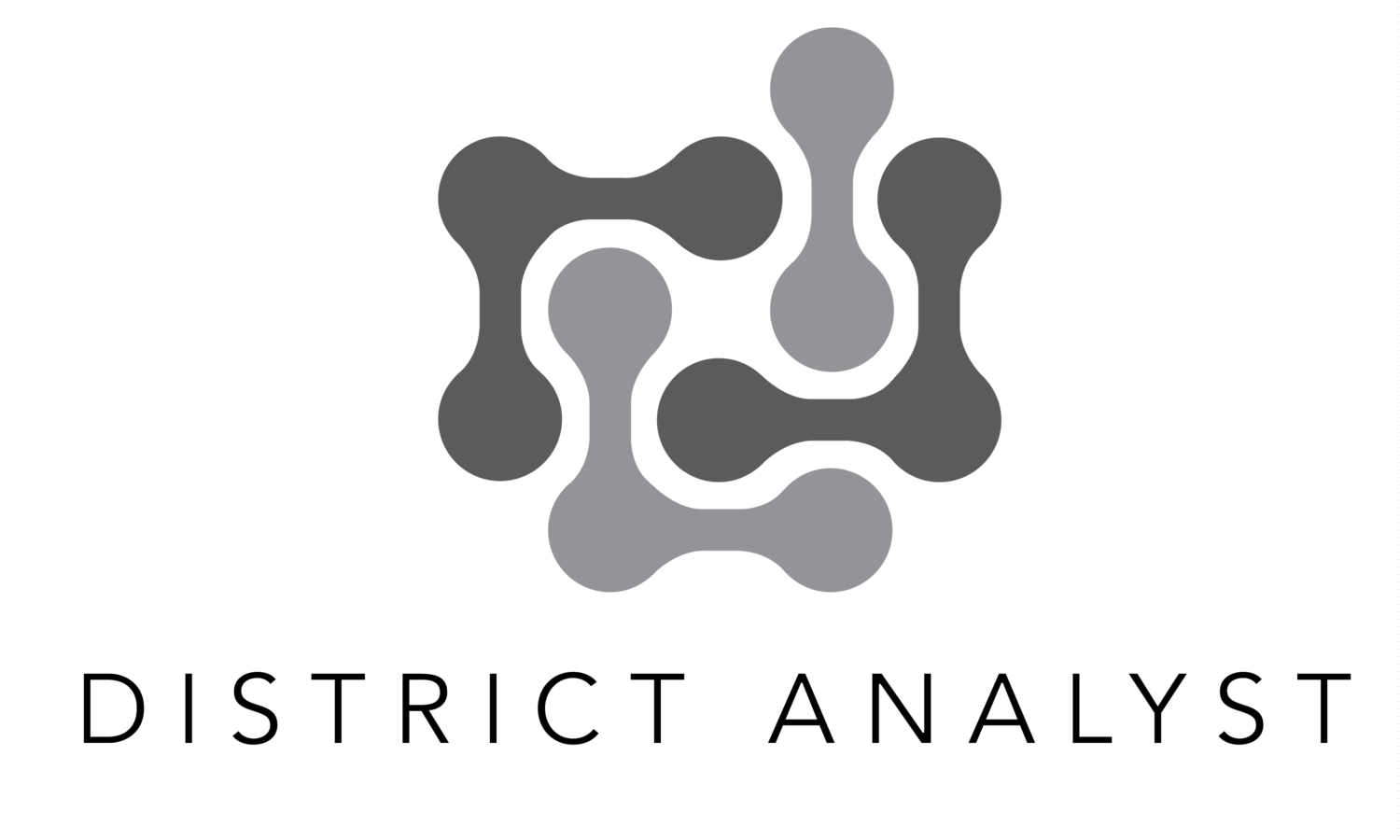The Hidden Power of Conversion Rate: Turning Visitors Into Loyal Customers
In the world of business, especially for those running e-commerce platforms or digital services, conversion rate is one of the most important, yet often overlooked, metrics. But here’s the truth: conversion rate isn’t just a number—it’s the key to unlocking sustainable growth.
What is Conversion Rate?
Simply put, your conversion rate is the percentage of visitors to your site who take a desired action—whether it’s making a purchase, signing up for a newsletter, or filling out a contact form.
The formula for conversion rate is simple:
Conversion Rate = (Number of Conversions / Total Visitors) × 100
For example, if 1,000 people visit your online store and 50 make a purchase, your conversion rate is 5%.
It’s a metric that can measure anything from a simple email signup to a full-fledged product purchase, making it a critical piece of the puzzle in understanding how effective your website or landing page is at turning interest into action.
Why Conversion Rate Matters
While many businesses get distracted by vanity metrics—like traffic volume, page views, or social media engagement—conversion rate is a truer reflection of your website’s ability to drive revenue and meet business objectives.
In fact, conversion rate is often the best indicator of product-market fit. It tells you whether your website, product, or offer is truly resonating with your target audience.
Think about it this way: A high traffic website is nice, but if no one is purchasing or engaging with your brand, what good is that traffic? Conversion rate is the metric that lets you know if you’ve successfully turned curiosity into a commitment.
How to Improve Your Conversion Rate: 3 Key Strategies
Now that we’ve established why conversion rate matters, let’s talk about how to boost it. Improving your conversion rate doesn’t necessarily mean driving more traffic—it means optimizing the visitors you already have.
Optimize Your Call to Action (CTA)
A clear, compelling call to action is essential for guiding your visitors through the customer journey. Whether it’s a “Buy Now” button, a “Sign Up for Free” prompt, or “Request a Demo,” the CTA should be simple, direct, and impossible to ignore.
However, don’t stop there—make sure your CTA is placed strategically. Studies have shown that CTAs placed above the fold (the part of the page that’s visible without scrolling) tend to get more engagement. Test different CTAs (A/B testing) to see what resonates most with your audience.
Reduce Friction
Think about how easy it is for a customer to complete an action on your site. Every step a customer has to take—whether that’s filling out a form, entering payment details, or navigating a product page—adds friction, and friction equals lower conversion rates.
You can reduce friction by:
Simplifying Forms: Only ask for essential information—every additional field is a barrier.
Optimizing Load Times: Slow websites are conversion killers. Aim for a load time of under 3 seconds to keep visitors engaged.
Mobile Optimization: More customers are shopping from their phones, so ensure your site is responsive and easy to navigate on all devices.
Use Social Proof and Trust Signals
Nothing builds trust like seeing that others have had a great experience with your brand. Social proof—like customer reviews, testimonials, or user-generated content—can be incredibly powerful in encouraging new customers to convert.
Trust signals such as security badges (SSL certificates) and money-back guarantees can also reassure potential buyers, particularly if they’re hesitating at the checkout process.
The Conversion Rate Funnel: Where to Focus
Your conversion rate isn’t just a single number; it’s an evolving journey that starts the moment a visitor lands on your site and continues until they’ve completed the action you want. Understanding where visitors drop off in this funnel can help pinpoint exactly where to focus your optimization efforts.
Common funnel stages include:
Awareness: Visitors discover your product or service.
Interest: They start exploring your offerings and browsing the site.
Consideration: They add products to their cart or engage with your content.
Conversion: They complete the desired action—buy, sign-up, etc.
Tracking conversion rate at each stage of the funnel allows you to see where visitors are slipping away. For example, if you have high traffic but a low purchase conversion rate, the issue may lie in the checkout process. Or, if people aren’t adding products to the cart, it could be a sign that your product descriptions or images aren’t compelling enough.
Challenges with Conversion Rate
While conversion rate is a powerful metric, it’s not without its challenges. Here are some common pitfalls:
Overemphasis on Traffic Volume: Sometimes, businesses focus too much on driving traffic without considering how to optimize the user experience. More traffic doesn’t necessarily lead to more conversions.
Lack of A/B Testing: Without experimenting with different elements (CTAs, page designs, etc.), you’re left guessing about what works best. Constant testing and iteration are key.
Ignoring Customer Segments: Conversion rates can vary greatly between customer segments (new vs. returning, demographic differences, etc.). It's essential to analyze conversion rate by segment to uncover deeper insights.
Inconsistent Measurement: Conversion rate can fluctuate based on seasonality, promotional efforts, and market changes. It's important to understand the context in which the data is gathered to make the right decisions.
Final Thought: Conversion Rate as Your Business’s Compass
In a digital-first world, your conversion rate isn’t just a statistic—it’s a reflection of how well you understand and meet the needs of your customers. It tells you whether you’ve hit the mark or need to adjust.
By focusing on improving conversion rate through strategic, data-driven decisions, you’re not just increasing sales—you’re building a foundation for long-term success.
Remember: every website visit is a chance to turn a potential customer into a loyal one. The power is in your hands, and it starts with conversion.
